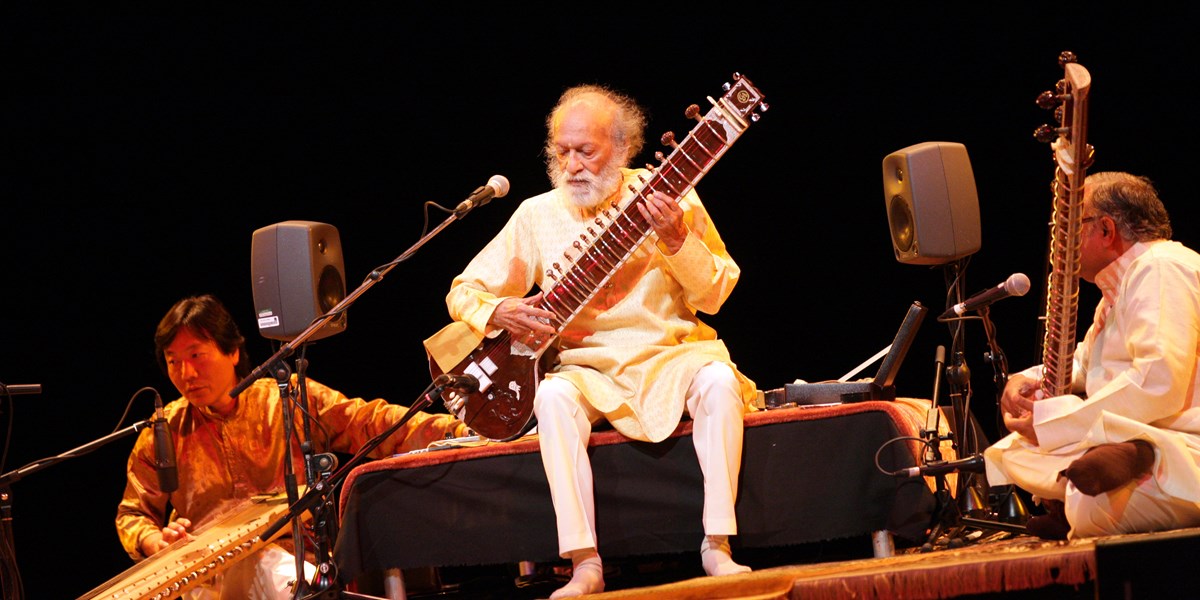Tuesday, April 7, 2020
Ravi Shankar remembered
Memories of the Indian sitarist by fellow musicians and admirers

Ravi Shankar (photo: Ricki Combo)

Register now to continue reading

Thanks for visiting the Songlines website, your guide to an extraordinary world of music and culture. Sign up for a free account now to enjoy:
- Free access to 2 subscriber-only articles and album reviews every month
- Unlimited access to our news and awards pages
- Our regular email newsletters

